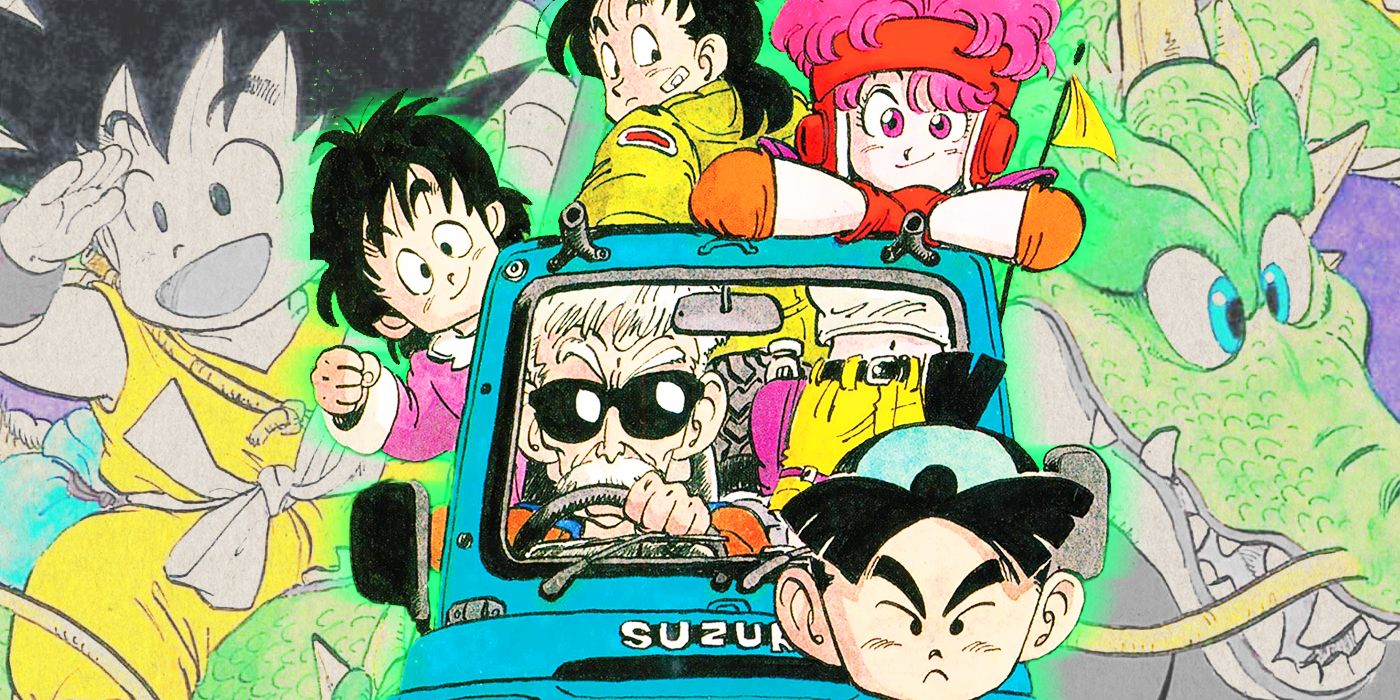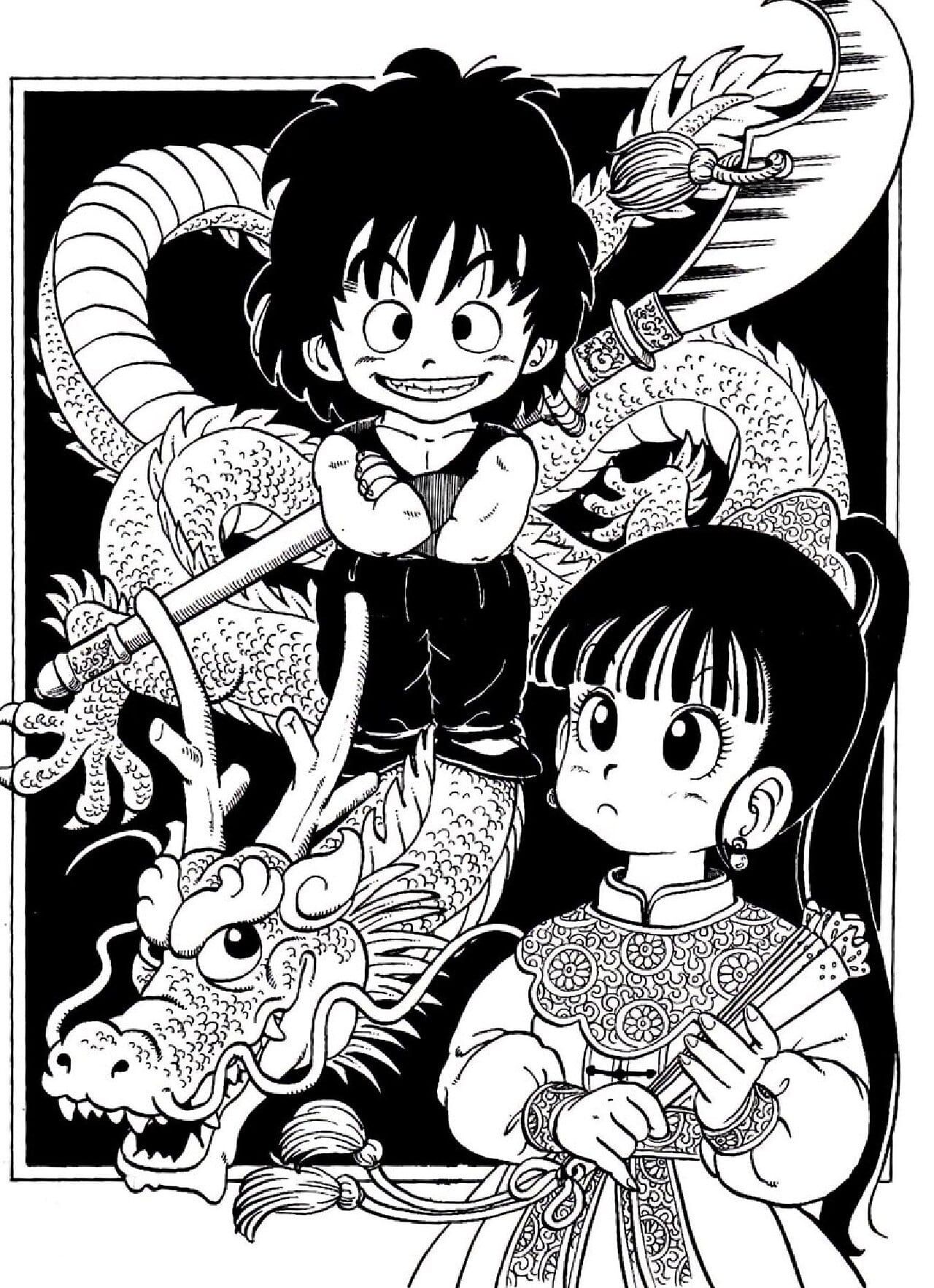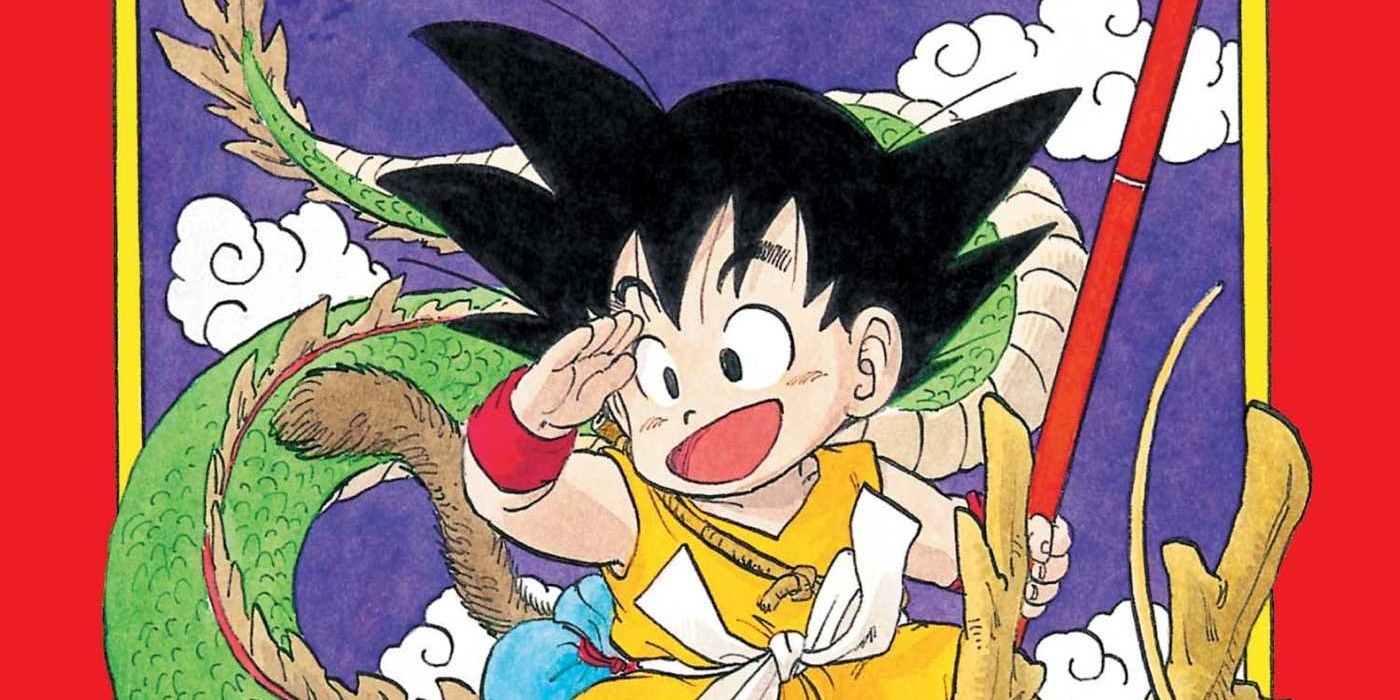Though its more action-oriented sequel is the best-loved part of the franchise, Akira Toriyama's original Dragon Ball was the starting place for both the series as a whole and the anime fandom of many. Dragon Ball's distinct flavor of comedy and adventure sets it apart from Dragon Ball Z, GT and Super, but the world-famous series was actually inspired by an equally famous martial artist.
Though many point to Journey To the West as the main inspiration for Dragon Ball, there's actually another: Jackie Chan. A huge fan of the superstar martial artist, Akira Toriyama channeled his love of Jacke Chan movies to create a two-chapter manga that would eventually become Dragon Ball.
The origin of the Dragon Ball franchise can be found in 1983's Dragon Boy. As told by Toriyama in the Dragon Ball Z Anime Special fold-out comic, reprinted in the book, Dragon Ball: A Visual History:
"Back when I was still doing Dr. Slump, I was in love with Jackie Chan movies, so I had them playing in the background while I worked. Must've watched those videos a million times. I mentioned this, off-hand, to my editor, and he told me to try drawing a one-shot manga about kung fu. So I casually whipped up this piece with the iffy title of 'Dragon Boy.' (Basically identical to Goku, but with wings instead of a tail.) Shockingly, people loved Dragon Boy, so I ended the quirky Dr. Slump and got to work on a new, martial art-sy serialization."
The story ran for a few months in Fresh Jump, and told the story of a young boy named Tangtong and the princess of Flower Country. The girl quickly becomes annoyed by him due to his lack of social awareness, giving her and Tangtong an odd couple relationship much like Goku and Bulma's. On their voyage to return the princess to her home country, they face threats like demons, robots and shapeshifting creatures. These opponents are all defeated one by one with a combination of wit, humor and Tangtong's superhuman powers. The short series also has the first appearance of none other than the legendary Dragon Balls.
The story shares many qualities with the later Dragon Ball manga, not just the name. As previously mentioned, the series features a Dragon Ball of its own, though it's much less useful than the ones used in the actual Dragon Ball series. This Dragon Ball, instead of granting wishes, merely summons a dinky-looking small dragon, who's essentially a less ferocious, fun-sized version of Shenron.
Tangtong is a kind but aloof young boy like Goku was as a child, and also shares his ignorance concerning the women. He also somewhat resembles Goku, while also having physical similarities to Yamcha and a young Gohan. In the place of Goku's monkey tail, however, is a set of wings that allow him to fly. Likewise, the Princess of Flower Country is sort of an early mix between Bulma and Chi-Chi, physically resembling the latter while sharing the former's wealth and attitude. The shapeshifting Pingyao is a mix of the eventual characters of Puar and Oolong. There's also a robot that resembles an android later used by the Red Ribbon Army.
The story's setting and traits are reminiscent of ancient China to bolster the feeling of a true martial arts adventure, specifically one which Jackie Chan might star in. Fitting this too is the off-the-wall humor often associated with the martial artist. Like Dragon Ball, Dragon Boy is loosely based on Journey to the West, though it's less obvious with some of the characters.
One element found in all three stories is a flying cloud, which has since become synonymous with Goku despite his later ability to fly on his own power. This just goes to show the evolution of a great idea, and how the smallest spark of inspiration can translate into one of the biggest franchises ever.



